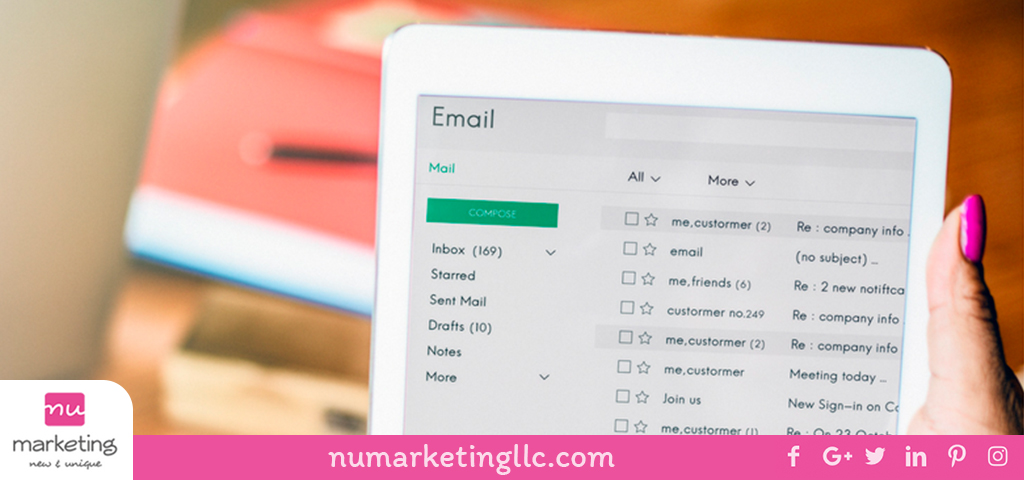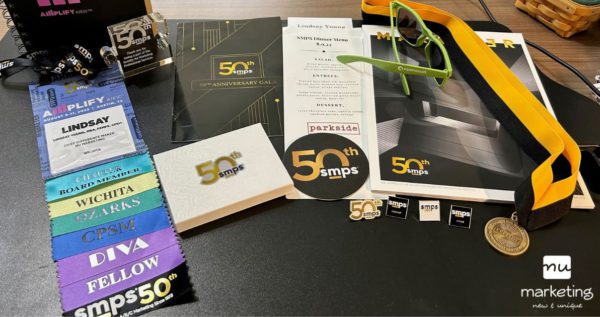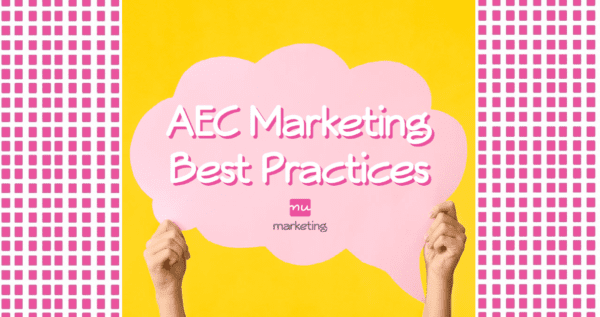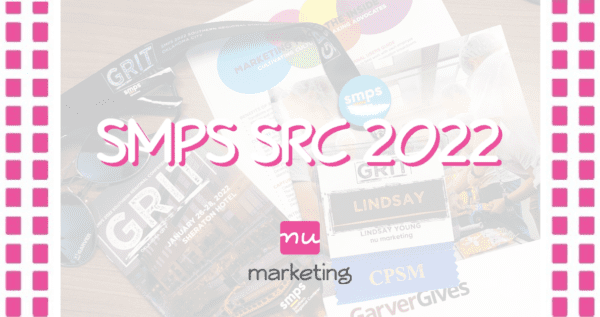
In our previous blogs (found here and here), we talked about the concept of effective email communication and managing your inbox. Today, we’ll give some extra tips to effectively communicating through email.
There are many tips to Effective Email Communication. Some of them are pretty basic and provide a great reminder for all of us who communicate via email.
- When starting an email, the receipt should understand in the first 3-5 sentences what the email is about.
- For any action items required from the recipient, give them specific details on the action item and the date you need it returned. Be as clear and concise as possible.
- If it’s a long email or has multiple topics/subjects/issues, then break up the content into paragraphs. It’s just like writing a paper. Sometimes, it may even warrant separate emails to eliminate confusion
- When responding to an email about multiple topics/issues, reply back in the same order as the recipient asked the questions.
- Address the person directly in the email, starting with their name spelled correctly.
- If there is a problem or situation, pick up the phone and call the person. Don’t email them. If you want a record, follow up with an email after you’ve discussed the problem/situation.
- Don’t respond to an email when angry. If there is a misunderstanding by email, don’t hesitate to pick up the good ol’ fashioned telephone to work things out or schedule a face-to-face meeting!
- Remember, emails can be used in court. It can and will be recorded.
- Even though it isn’t right, emails are forwarded to others. Keep this in mind when typing about emotional or controversial topics.
- Add the email addresses last. This helps when you are in an office setting, so if you get distracted you don’t accidentally send it the wrong person or forget to complete the email.
- When someone incorrectly sends you an email, reply back and let them know you didn’t think they intended to send it to you. Inform them you will be deleting it and wanted to let them know so they could send it to the correct person
- Include addresses in the “To:” field for those from whom who you would like a response.
- Only use “Cc:” when it is important for those you carbon copied to simply be aware of the email’s contents. Overusing carbon copy can cause your emails to be ignored. You also need to explain why the person(s) are being carbon copied on the email.
- Don’t use Return Receipt (RR) on every single email. Doing so is viewed as intrusive and annoying. Typically, it’s declined by the other side anyway.
- Make sure when using “BCC:” that your intentions are proper. To send “BCC:” is seen as a way of talking behind someone’s back and is inconsiderate.
- If you forward something to people that don’t know each other, then BCC everyone. (This might be an invitation to an event, or about a position your company or another company is hiring for.)
- Your “Subject Field” should let the recipient know what you are emailing about. Be specific. (Feel free to modify the “Subject Field” to more accurately reflect a conversation’s direction. Sometimes you start an email on a particular topic and it changes to another topic. Change the subject line to reflect the current conversation.)
- Don’t go back to an old email and reply to it (especially if it’s a new subject). If you need some of the information from a previous email, then pull that information out into a new email.
- If you cannot respond to an email promptly (within 24 hours), at the very least, email back confirming your receipt and when the recipient can expect your response.
- Include your contact information in both the original email and the replies. It makes it easier for the recipient to find your phone number.
Some simple, yet often forgotten, email communication tips:
- Use correct grammar and punctuation.
- Turn on spell check.
- Do not use multiple exclamation marks.
- Proofread. Proofread.
- Don’t forward obnoxious things.
- Do not capitalize your entire email. This is viewed as yelling at the recipient.
- Use a professional email address (no cheesecake84 or beerlover unless you are a baker or a brew master).
- Don’t use patterned email backgrounds.
- Use an automatic signature. Many companies have marketing standards for email signatures.
- Ask your recipient when is the best time to send attachments and how they prefer to receive attachments. Don’t forget to actually attach the file.
- Use “Reply All” sparingly.
- Keep things confidential.
- Use humor cautiously.
- Avoid having useless attachments.
Effective email communication is important in your business. We often times forget because we are in a hurry or think someone will just “get it.” Be clear and concise in your communications. Make it about the recipient, because you’ll get a better and quicker response. Use email effectively, and it will get you the results you want.



